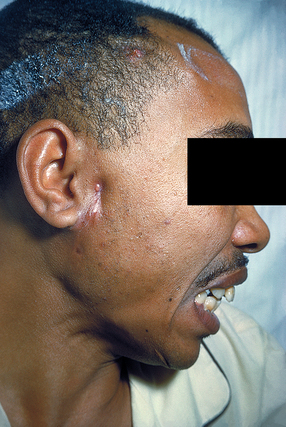CHAPTER 8 Microbiology and Immunology
MICROBIOLOGY
Microorganisms are life forms that normally CANNOT be seen with the unaided human eye. Possess characteristics common to ALL cellular life in terms of physiology, morphology, reproduction. Inhabit MOST niches of environment. Normal inhabitants of human body (normal flora). A medically IMPORTANT microorganism is one that inhabits human host and is considered a pathogen (causes disease).
Microbiology Classification
Microbial Metabolism
Microbial metabolism includes sum total of all biochemical reactions that occur in the cell.
Microbial Observation
Specimen Preparation and Staining
Bacterial (Prokaryotic) Structure and Function
Bacterial Growth and Nutrition
| Term | Microorganism | Host |
|---|---|---|
| Symbiosis | Benefits | Benefits |
| Commensalism | Benefits | Benign |
| Parasitism | Benefits | Benign or harmed |
| Pathogenesis | Benefits | Harmed |
INFECTIOUS DISEASES
Bacterial Infections
CLINICAL STUDY
| Age | 42 YRS | SCENARIO |
| Sex |  Male Male  Female Female |
The patient presents at a walk-in medical and dental clinic with weight loss, fever, oral sore. A sputum smear shows the presence of acid-fast bacilli. A chest radiograph shows evidence of pulmonary lesions. Two days later, a test the patient took on his skin is determined to be positive; however, he says he has never received any vaccinations since he was a baby. |
| Height | 5′10″ | |
| Weight | 140 LBS | |
| BP | 98/67 | |
| Chief Complaint | “I am coughing all the time now.” | |
| Medical History |
Bacterial Toxins
Some bacteria may cause disease in humans because of toxic (poisonous) properties present in protein molecules (toxins), which they carry and release, producing a toxemia. Disease from toxin exposure may NOT require bacterial replication in the body, because in some cases exposure to the toxin alone is sufficient.
Stay updated, free dental videos. Join our Telegram channel

VIDEdental - Online dental courses


 •
• 
